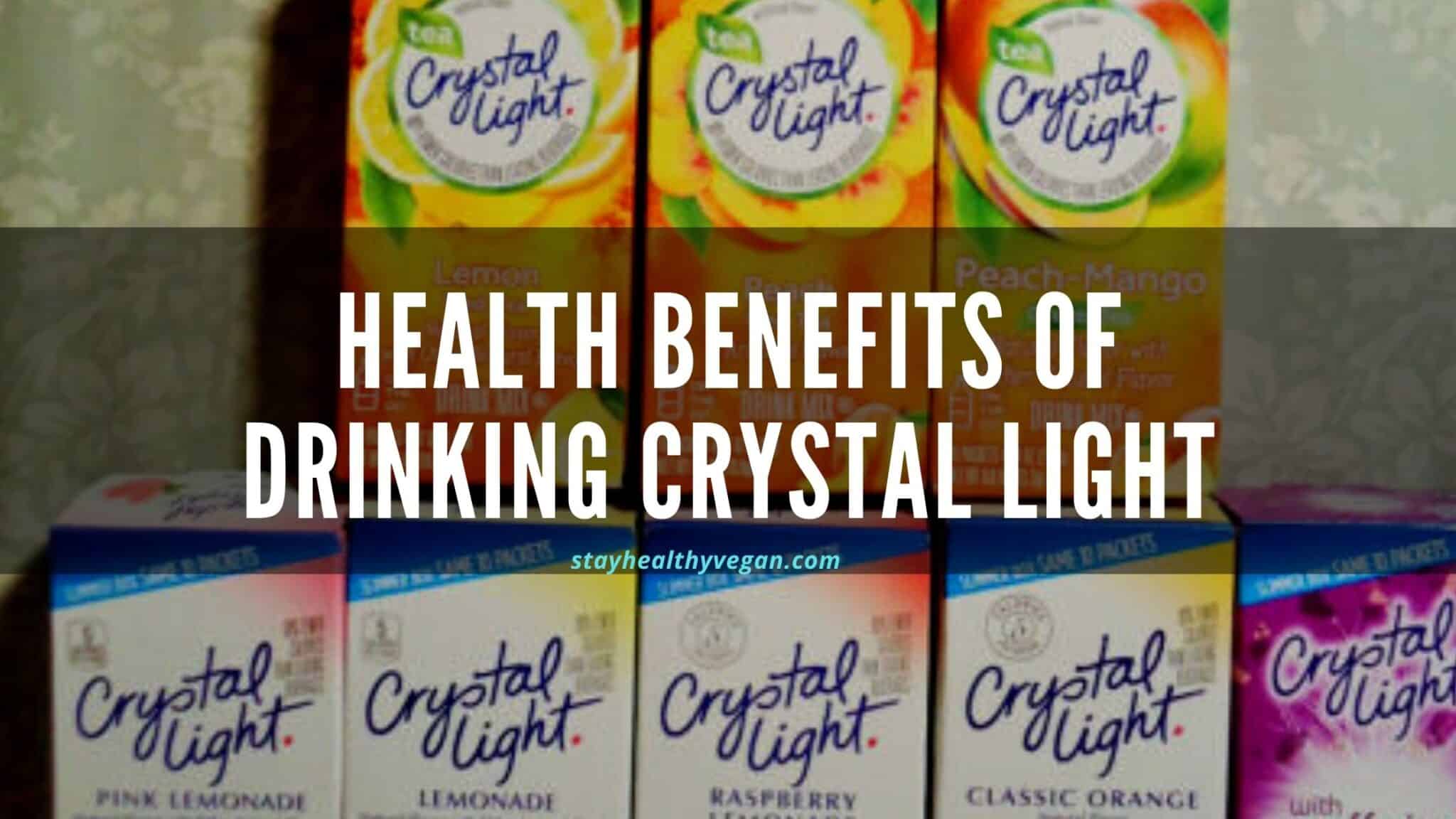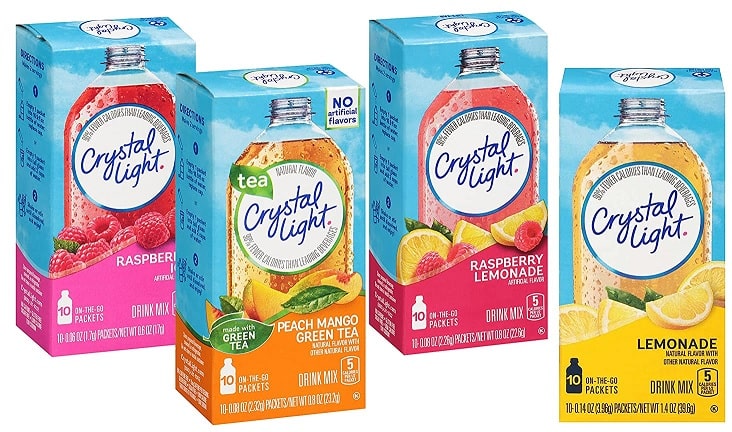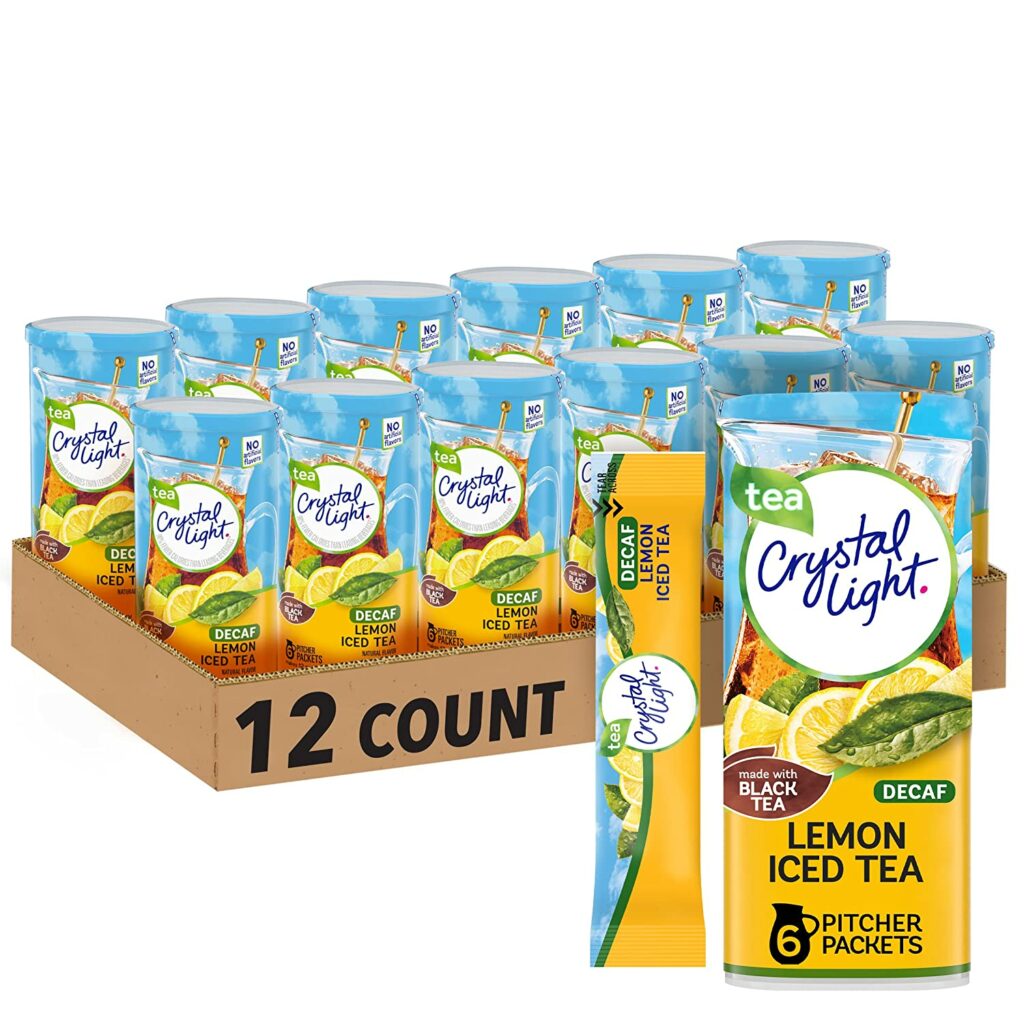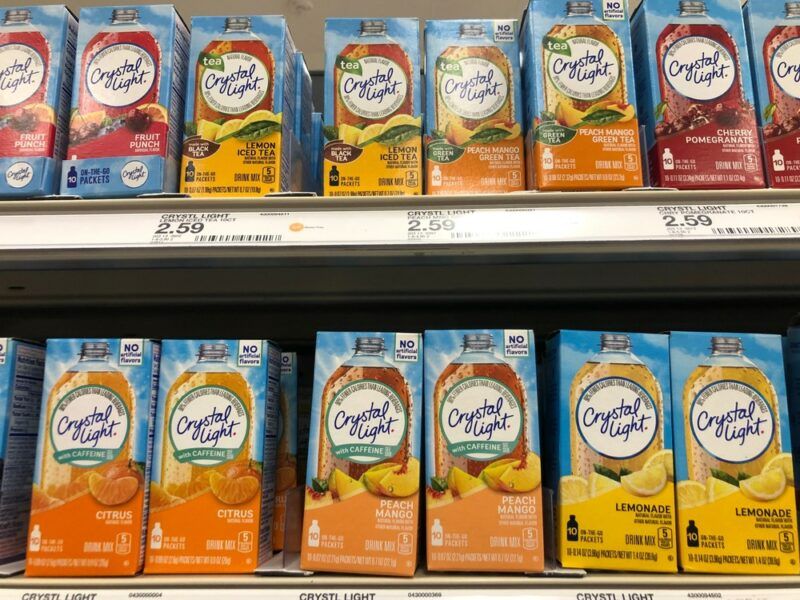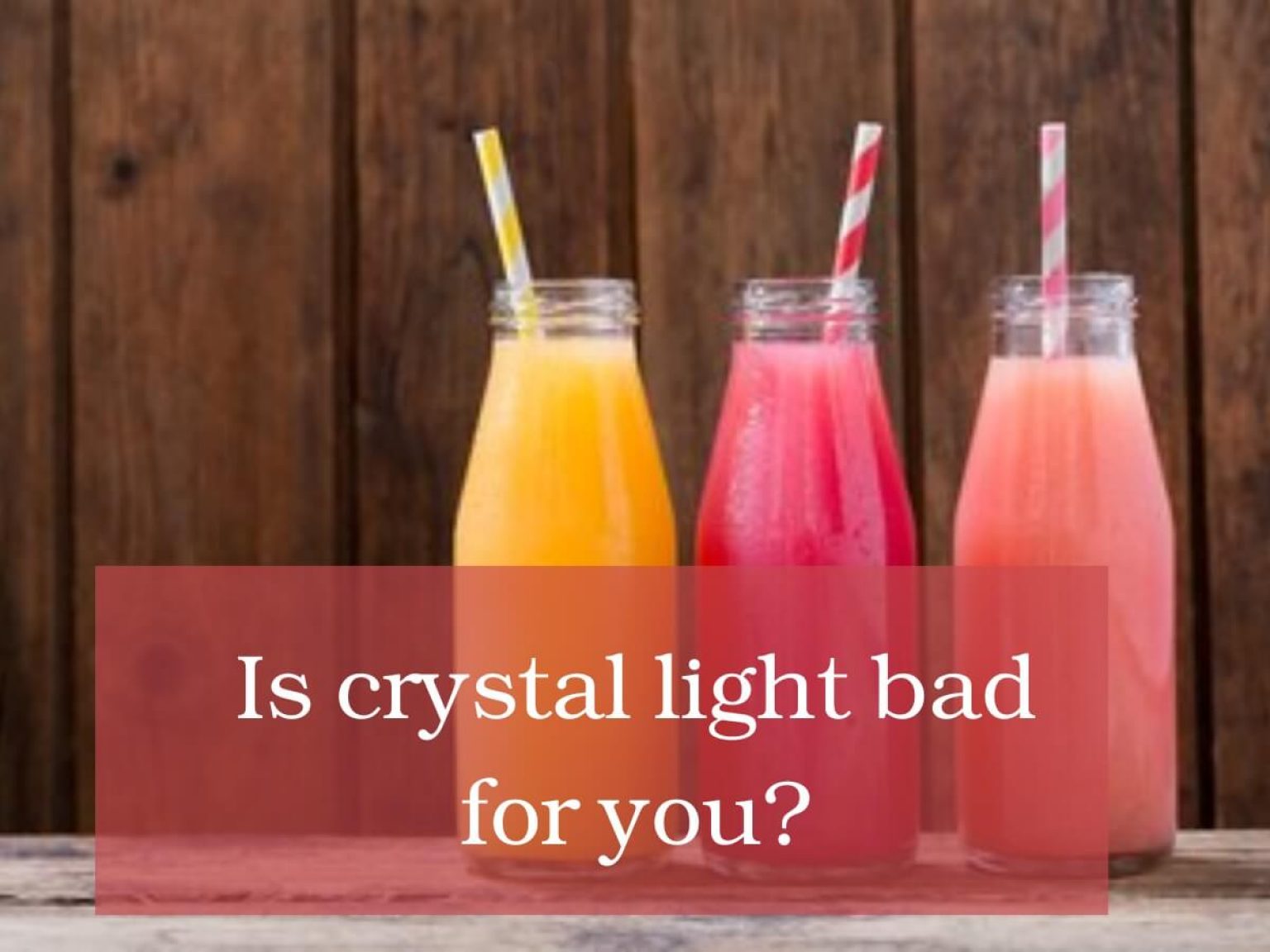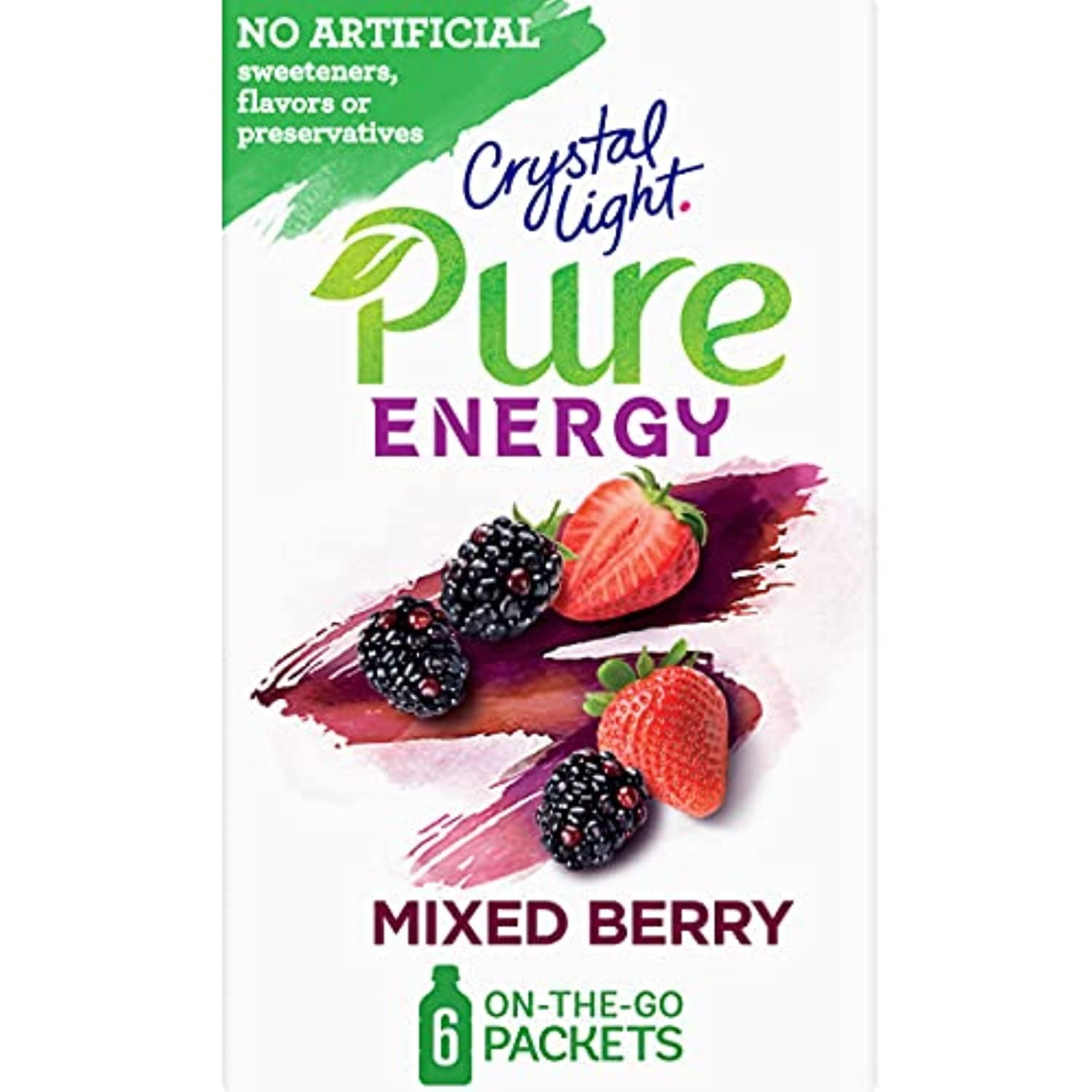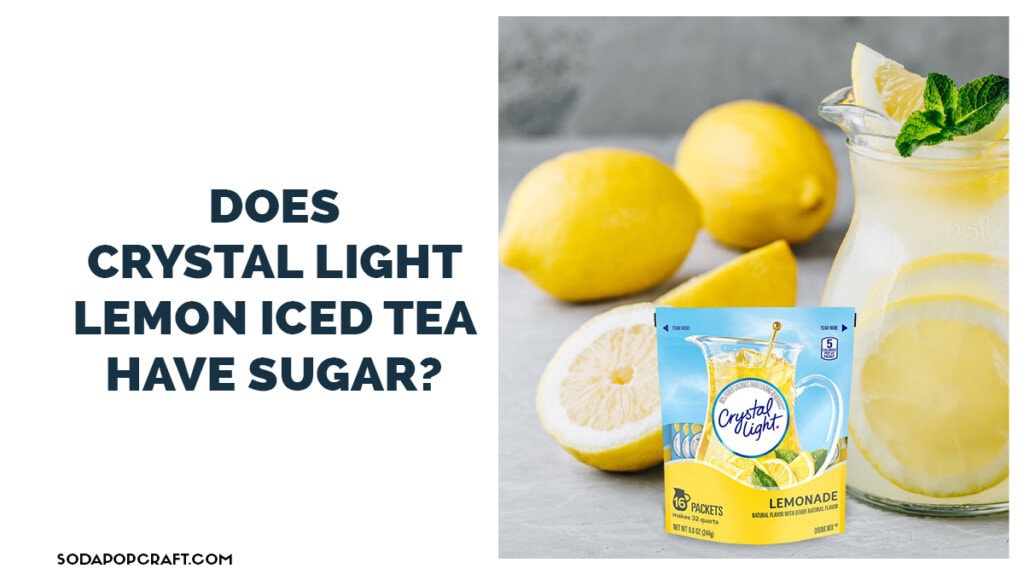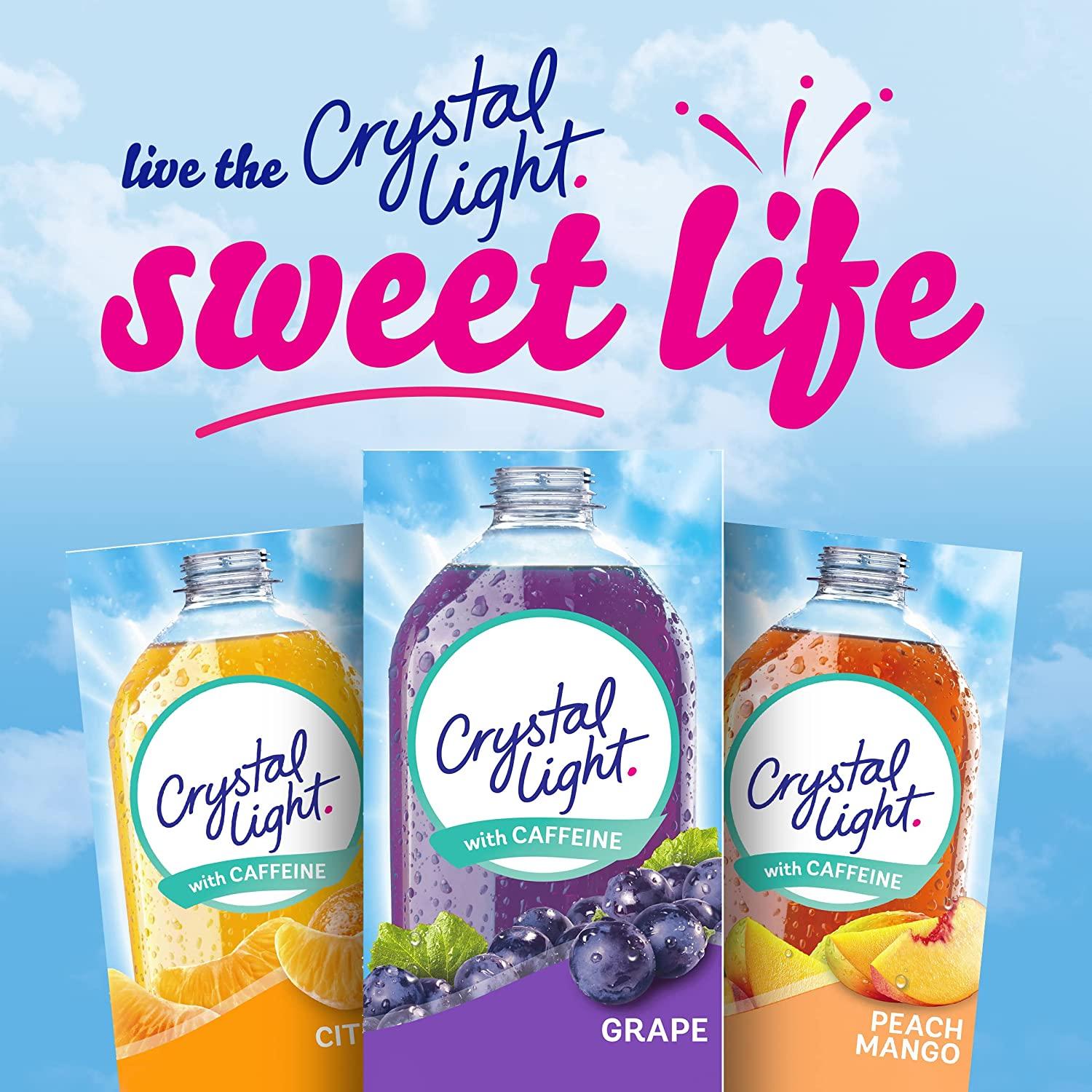Is Crystal Light Healthy For You
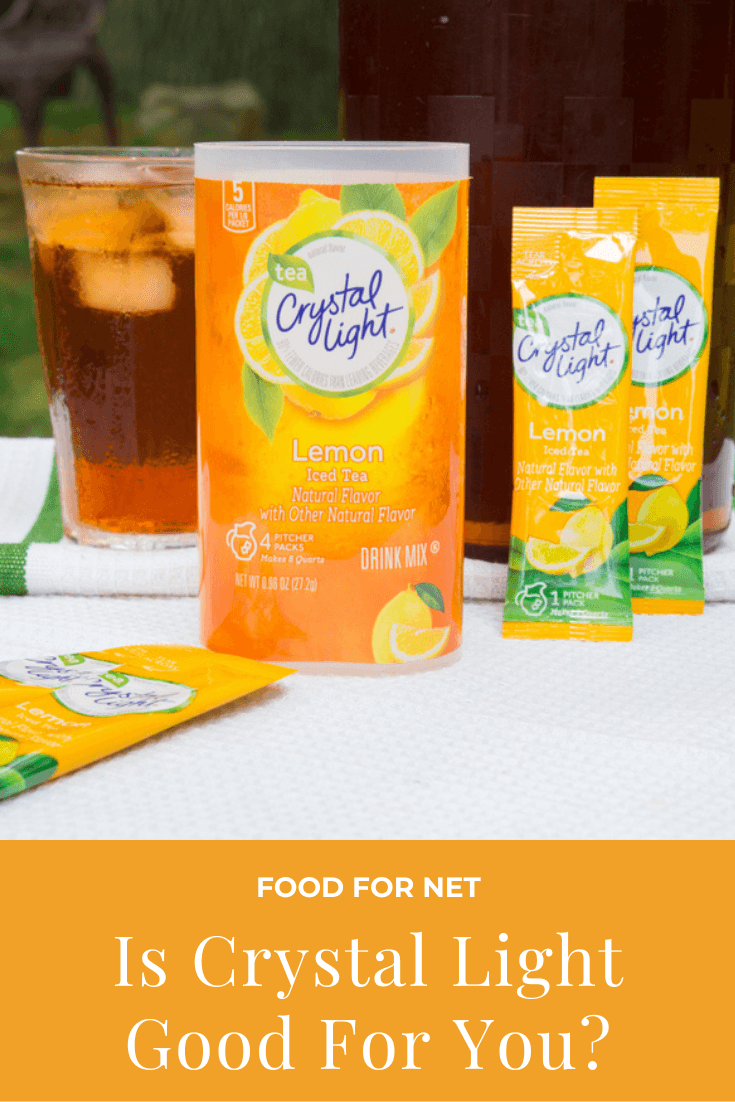
In a world saturated with sugary drinks, many are turning to powdered drink mixes like Crystal Light, lured by the promise of hydration without the caloric guilt. Marketed as a healthier alternative to soda and juice, Crystal Light boasts near-zero calories and a refreshing taste. But beneath the surface of its seemingly virtuous profile lies a complex reality, sparking a heated debate: Is Crystal Light truly a healthy choice, or is it simply a wolf in sheep's clothing?
This article delves into the nutritional composition of Crystal Light, scrutinizing its ingredients and their potential impact on health. We will explore the perspectives of nutritionists, health experts, and consumer advocacy groups, weighing the purported benefits against the potential risks associated with artificial sweeteners, additives, and long-term consumption. Ultimately, we aim to provide a comprehensive overview to help readers make informed decisions about incorporating Crystal Light into their diet.
The Nutritional Breakdown: What's Really in Crystal Light?
Crystal Light primarily consists of water, artificial sweeteners, artificial flavors, and food additives. The brand proudly advertises its low-calorie content, a significant selling point for those watching their weight. A typical serving often contains only 5-15 calories, a stark contrast to the hundreds of calories found in sugary beverages.
The sweetness in Crystal Light is derived from artificial sweeteners such as aspartame, acesulfame potassium (Ace-K), and sucralose. These substances provide intense sweetness without adding significant calories. However, their long-term health effects remain a subject of ongoing research and debate.
Artificial flavors and colors are also integral components of Crystal Light. These additives enhance the taste and appearance of the drink, making it more appealing to consumers. Critics argue that these artificial ingredients offer no nutritional value and may pose potential health risks.
The Controversy Surrounding Artificial Sweeteners
The use of artificial sweeteners is perhaps the most contentious aspect of Crystal Light. While regulatory bodies like the FDA deem these sweeteners safe for consumption within acceptable daily intake limits, concerns persist.
Some studies suggest a potential link between artificial sweetener consumption and increased cravings for sugary foods. This could potentially undermine weight management efforts in the long run. Other research indicates that artificial sweeteners may disrupt the gut microbiome, potentially impacting digestion and overall health.
“While artificial sweeteners can be a helpful tool for reducing sugar intake, they are not a magic bullet,” explains Dr. Emily Carter, a registered dietitian. “It's important to consider the potential impact on the gut microbiome and to be mindful of overall dietary habits."
Potential Health Concerns: Beyond the Sweeteners
Beyond artificial sweeteners, other ingredients in Crystal Light raise concerns. Certain varieties contain artificial colors like Red 40 and Yellow 5. These colors have been linked to hyperactivity in children and may trigger allergic reactions in some individuals.
The presence of additives like maltodextrin, often used as a filler, raises questions about the overall nutritional value. While generally considered safe, some individuals may experience digestive issues after consuming maltodextrin.
Moreover, relying heavily on Crystal Light for hydration may lead to neglecting other essential nutrients. Whole fruits and vegetables, as well as plain water, provide vital vitamins, minerals, and antioxidants that are absent in the powdered drink mix.
The Benefits: A Low-Calorie Alternative
Despite the controversies, Crystal Light does offer some potential benefits. For individuals struggling to reduce their sugar intake, it serves as a palatable low-calorie alternative to sugary drinks. This can be particularly helpful for people with diabetes or those at risk of developing the condition.
Crystal Light can also encourage hydration, especially for those who find plain water unappealing. Staying properly hydrated is crucial for maintaining overall health, supporting bodily functions, and regulating body temperature.
Furthermore, Crystal Light is often more convenient and affordable than other low-calorie beverage options. Its portability makes it an accessible choice for on-the-go hydration.
Expert Opinions: A Balanced Perspective
Health experts offer varying perspectives on the consumption of Crystal Light. Some acknowledge its potential as a tool for weight management and sugar reduction. Others emphasize the importance of moderation and prioritizing whole, unprocessed foods.
“If you're using Crystal Light as a stepping stone to gradually reduce your intake of sugary drinks, it can be a useful strategy,” says Dr. David Lee, a physician specializing in preventative medicine. "However, it's crucial to eventually transition to healthier hydration options like water, herbal teas, or infused water."
Consumer advocacy groups often express concerns about the marketing tactics used to promote Crystal Light. They argue that the emphasis on "health" may mislead consumers into believing it's a superior choice to other beverages, overlooking the potential risks associated with artificial ingredients.
The Bottom Line: Moderation and Informed Choices
The question of whether Crystal Light is healthy is not a simple yes or no. While it offers a low-calorie alternative to sugary drinks, its reliance on artificial sweeteners and additives raises concerns. Moderation is key: incorporating it occasionally as a treat is unlikely to cause significant harm.
Ultimately, the best approach is to prioritize whole, unprocessed foods and beverages. Water, herbal teas, and naturally flavored waters should be the primary sources of hydration. Reading labels carefully and understanding the ingredients in Crystal Light is crucial for making informed choices.
Looking ahead, continued research on the long-term effects of artificial sweeteners is essential. Greater transparency from manufacturers regarding the potential risks associated with their products is also necessary. Consumers deserve access to accurate information to make choices that align with their health goals.
